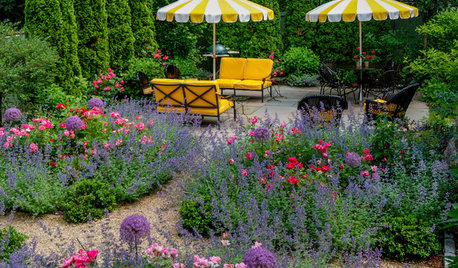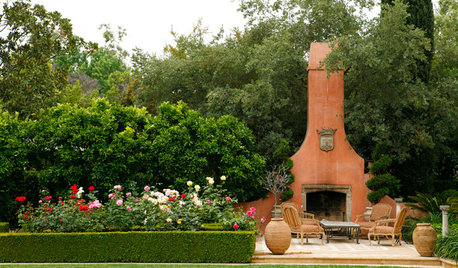Persian Shield
Kris_1
12 years ago
Related Stories

LANDSCAPE DESIGNGo for Baroque for a Vivacious, Colorful Garden
Give your landscape a sumptuous feel with over-the-top hues, bright accessories and container arrangements as wild as can be
Full Story
DECORATING GUIDES7 Things to Know About Foo Dogs
These Chinese decorative statues have a lengthy history and are powerfully symbolic
Full Story
HOUSEKEEPINGHow to Clean Hardwood Floors
Gleaming wood floors are a thing of beauty. Find out how to keep them that way
Full Story
LANDSCAPE DESIGNMake Your Roses Even More Beautiful With These Companion Plants
Nourish your rosebushes and create a visual feast with these 7 classic and unexpected plant pairings
Full StoryMore Discussions









zzackey
paul_
Related Professionals
Glen Ellyn Landscape Architects & Landscape Designers · Manorville Landscape Architects & Landscape Designers · Billerica Landscape Contractors · Berwyn Landscape Contractors · Columbine Landscape Contractors · Fort Atkinson Landscape Contractors · Golden Landscape Contractors · Mason Landscape Contractors · Maywood Landscape Contractors · Methuen Landscape Contractors · Shoreview Landscape Contractors · Webster Groves Landscape Contractors · Lauderdale Lakes Landscape Contractors · Jacinto City Interior Designers & Decorators · Suisun City Interior Designers & DecoratorsKris_1Original Author
pirate_girl
birdsnblooms
Kris_1Original Author
tapla (mid-Michigan, USDA z5b-6a)
Kris_1Original Author
tapla (mid-Michigan, USDA z5b-6a)
Kris_1Original Author